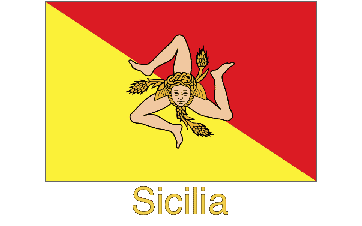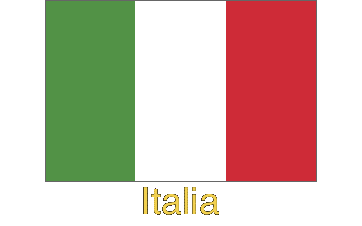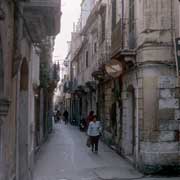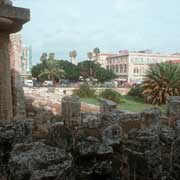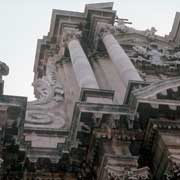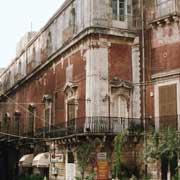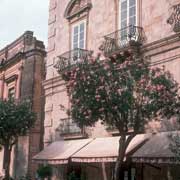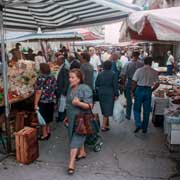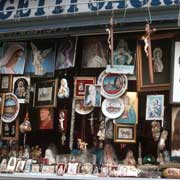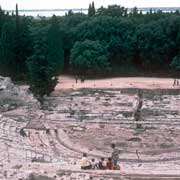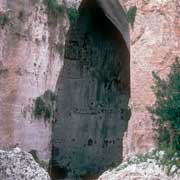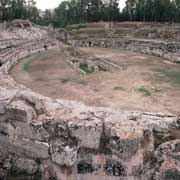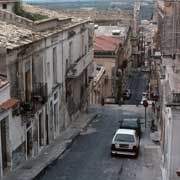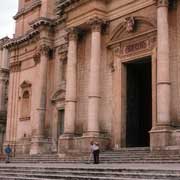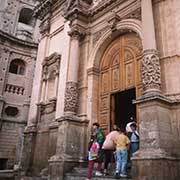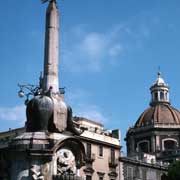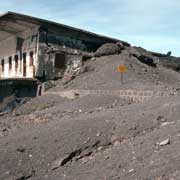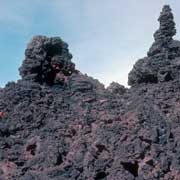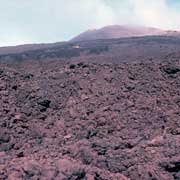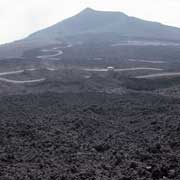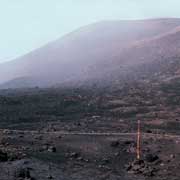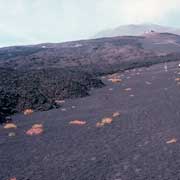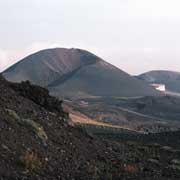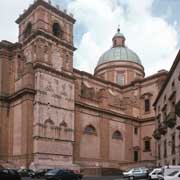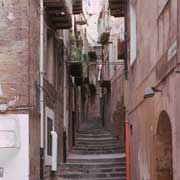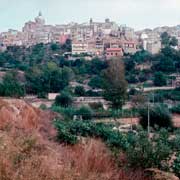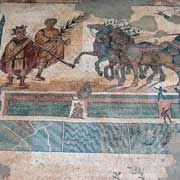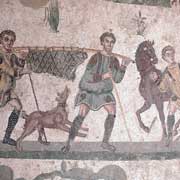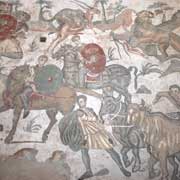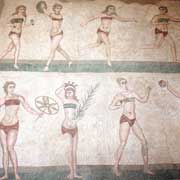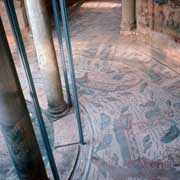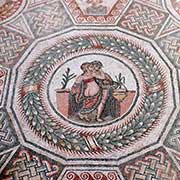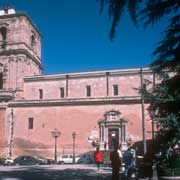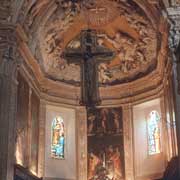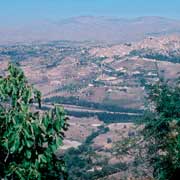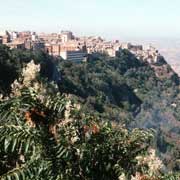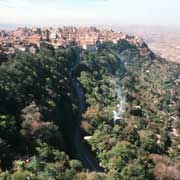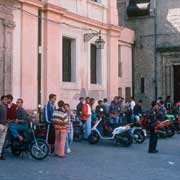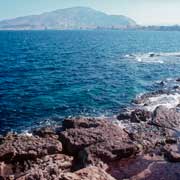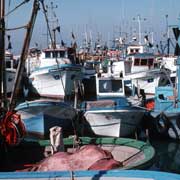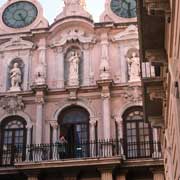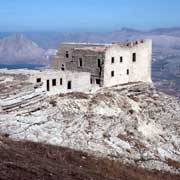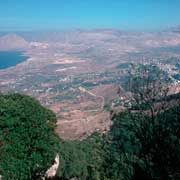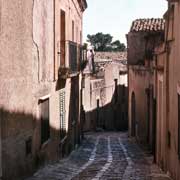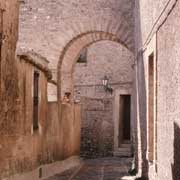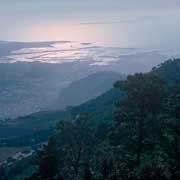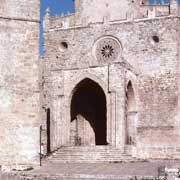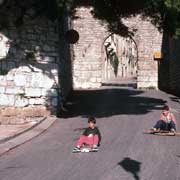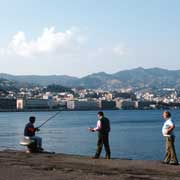Photos of Sicily, the Mediterranean’s largest island, Italy
Sicily, the Mediterranean’s largest island
Sicily (Sicilia) is the furthest south that one can go to in Italy. It is the largest island in the Mediterranean, comprising 25,700 km², with almost 5 million people. Mountains and hills cover more than 85 per cent of the island. Its highest point is Mount Etna, Europe’s most active volcano that rises 3,400 metres on the east coast, making it subject to volcanic eruptions and earthquakes.
you may then send it as a postcard if you wish.
In 1693 an earthquake destroyed the town of Noto near Syracuse, which was then rebuilt with grand Baroque palaces and churches. The city of Catania also had to be entirely rebuilt after an eruption destroyed iFrancis’t in 1669. Messina, with a ferry link to the Italian mainland, also had to be rebuilt after a devastating earthquake in 1908.
The island’s location made it a crossroads for many civilisations. Many peoples invaded and settled on the island, including Greeks, Carthaginians, Romans, Muslims from North Africa, and Normans. Today, Sicily is a showcase of these civilisations. Greek colonisation started in the 8th century BCE; Greeks founded the cities of Syracuse, Catania and Messina, among others. But by 210 BCE, it was dominated by Rome. It was part of the Byzantine Empire until the Arab conquest of 903 CE. As a result, the people still speak local dialects with traces of Arabic, Greek, and other languages.
In 1060 the Norman conquest began, and their control passed to the Swabians and the Holy Roman Emperor Frederick II. In the 13th Century, the French Angevins controlled the island until the people revolted in 1282, and Sicily came under Spanish rule, lasting almost uninterrupted until 1734. In that year, the Bourbons of Naples united the island with southern Italy in the “Kingdom of the Two Sicilies”. Finally, in 1861, it became part of the new united Italy.
Discoveries of cave drawings and tools show that prehistoric people lived on the island. During the 700s BCE, the Greeks colonised the eastern part of the island, and the Carthaginians founded trade settlements in the west. The Romans conquered Sicily in the 200s BCE and made it their first province and a grain-growing region for the Roman Empire. The Romans left many traces behind; one of the most impressive is the Villa Romana del Casale near the town of Piazza Armerina near the centre of the island. The villa dates from the end of the 3rd Century to the mid-4th century CE and has wonderfully preserved mosaic floors depicting hunting scenes, bikini-clad girls and others.
Close to the centre of the island is the hilltop town of Enna, at 931 metres above sea level. Because of its panoramic views, Enna became a fortress during the Byzantine Empire and one of the primary defences against the Arabs. It didn’t last as the Arabs conquered it in the year 859. A large Swabian castle stands at the eastern end of the town, offering great views of Enna and its surroundings. At the far western end of Sicily is the medieval town of Erice, at 750 metres above sea level. It was always an important religious site, where the Cartiginians worshipped Astarte, the Greeks Aphrodite and the Romans Venus. The town is a maze of picturesque narrow streets and gates with a Norman castle and a 14th-century church. Nearby, on the coast, is the pleasant town of Trapani with a fishing harbour and old palaces.
